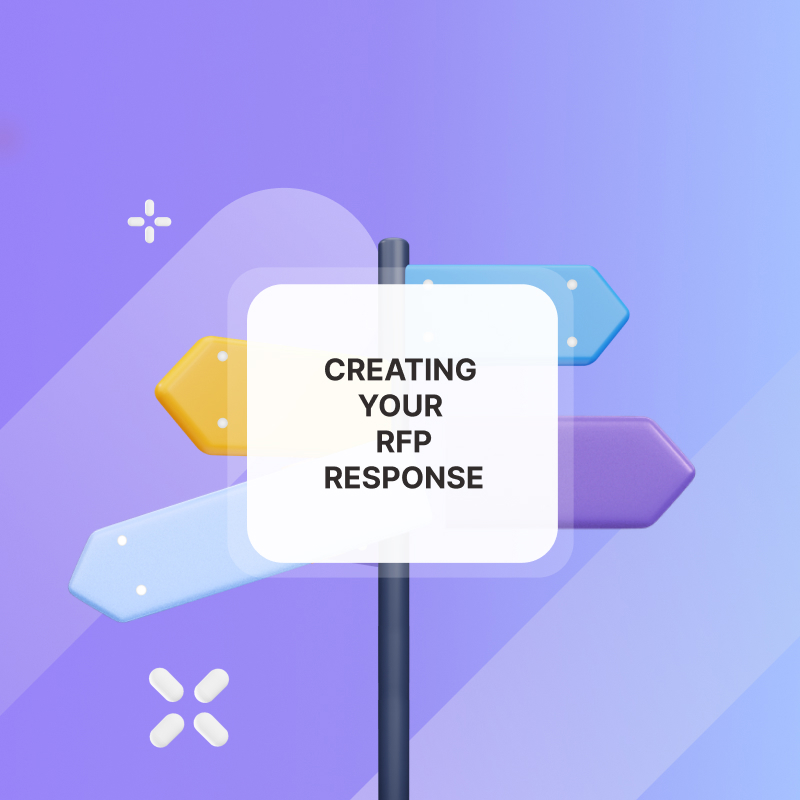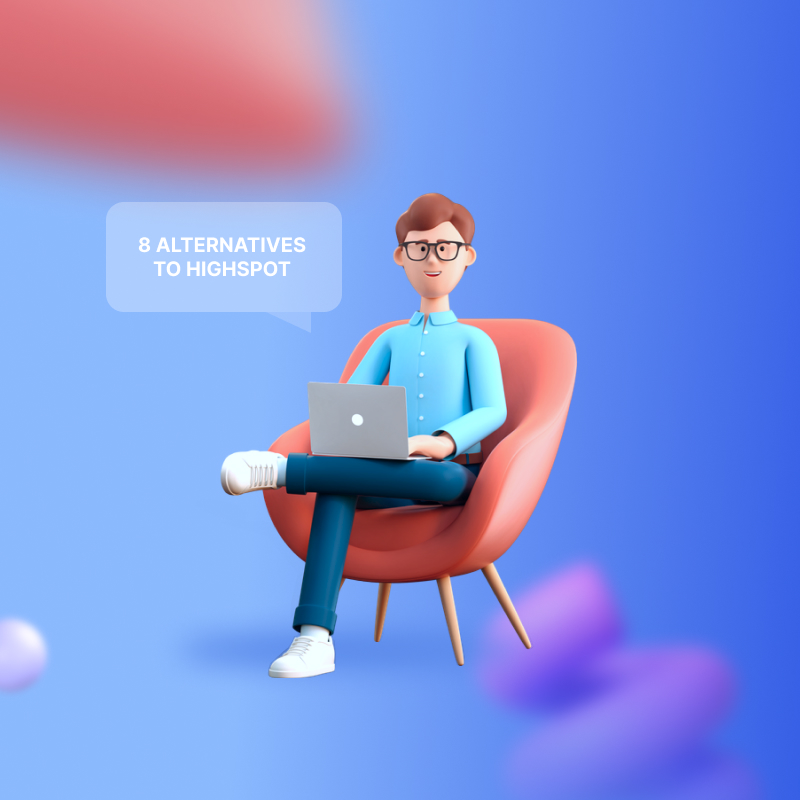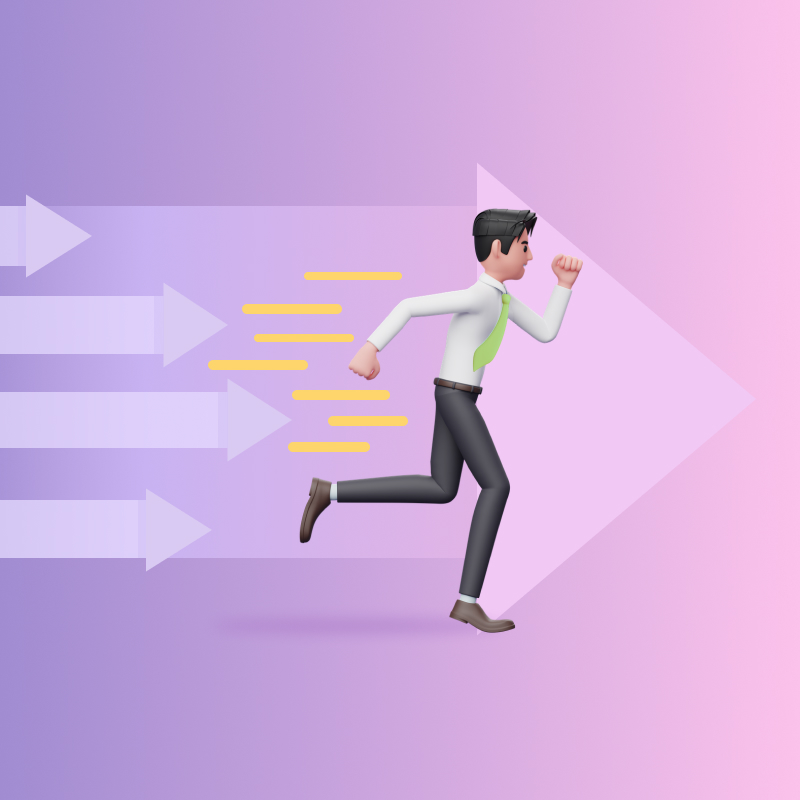![Best Practices for Customer Support [+Template]](https://hubforce-landing.fra1.digitaloceanspaces.com/prod/blogs/66e9b7027be0ee75022fdceef75ede15.jpg)
Many companies experience this:
Sign-ups are pouring in but the customer support team quickly becomes overwhelmed.
While companies with more revenue might afford to hire as many support personnel as possible, smaller companies will find this difficult.
Customers have countless options and would jump to the next business in a heartbeat if your support experience falls short.
Equipping your customer service teams to improve revenue operations solidifies your position in the market.
In this guide, we will share customer support best practices and a template for delivering an exceptional support experience.
What is Customer Support
Customer support is the department or team within a company that is dedicated to assisting customers with any inquiries or issues related to a product or service. They address customer concerns and questions throughout the customer journey, from free trial to after a purchase Their goal is to ensure customer satisfaction by providing guidance and solutions.
The customer support team is also a crucial part of revenue acceleration
Best Practices for Your Customer Support Plan
- Clear Roles and Responsibilities
Clearly define the roles and responsibilities of your support team. Establish guidelines for how different inquiries and issues should be handled, escalated, and resolved. This creates alignment, accountability, and consistency in your support approach.
- Centralised Knowledge Base
A centralised and easy-to-navigate customer support workspace is important for empowering both customers and support personnel. This enables you to structure all support resources for customers to self-serve while giving support teams the information they need to provide fast, accurate assistance.
You can create these workspaces using Hubforce support templates. It provides a single destination for all your support documents and helps you to minimise support costs each time you win a new client.
It also gives your support team a break from replying to the same inquiries and tickets every day
.
Also, in case your client has a staff turnover, you don’t have to spend time explaining the same thing all over to their new staff. They can always catch up from the centralised knowledge base and see the history of questions and answers.
- Proactive Outreach and Communication
Contact customers after a purchase or support interaction and notify them of product changes or service disruptions. Reach out to address any concerns before they escalate.
- Comprehensive Training Program
Equip your support team with the knowledge, skills, and tools they need to succeed. Implement a comprehensive onboarding and training system that covers your products, services, policies, and communication best practices.
You can build a personalised onboarding workspace and knowledge base for your support team using Hubforce AI
- Reporting and Analytics
Leverage real-time reporting and analytics to track the performance and effectiveness of your support material. Monitor metrics like time spent on support content, or which support content has more visits. Use these insights to identify pain points, make data-driven improvements, and continuously optimise your approach.
Hubforce support workspace analytics gives you real-time data on customers’ activities with support materials. For example, if a support material or page is getting more frequent visits than others it could mean a challenge your customers are facing.
- Omnichannel Support
Today's customers expect to be able to reach out through a variety of channels.
- Personalised Interactions
Customers want to feel heard, understood, and valued as individuals. Tailor support experience to each customer's unique needs, preferences, and context. Leverage customer data to provide hyper-personalised assistance, and empower your support team to have genuine and empathetic conversations.
Hubforce enables you to create personalised support environments for prospects in less than 30 seconds using AI.
- Provide a mixture of self-serve support and human intervention
After building out a centralised space for customers to self-serve their support needs, you should not just abandon them to themselves.
That is why you need real-time analytics to show you where you need to intervene even before they complain.
How AI can Improve Customer Support
- AI can analyse customer data and past interactions to suggest relevant solutions and knowledge-based articles.
- You can use AI to create personalised support environments and structure support materials to enable self-serve support, saving your support team more time to engage in high-impact tasks.
- AI can provide real-time analysis of customer’s engagement with support materials. For example, any support material with high visit frequency could suggest a challenge that should be looked into by the customer support team
- AI enables you to build personalised support systems to handle repetitive tasks like report generation.
- AI can suggest relevant responses to customer inquiries, improving your support team's efficiency and response times.
How to Scale Your Current Support Team’s Efficiency
Are you spending more on support every time you win new clients?
When you enable customers to self-serve, you free up more time for support personnel to focus on high-impact human connections.
This enables them to be more efficient even as your customer base grows
Hubforce provides a personalised and dedicated support environment for each client.
You are provided with analytics that helps you to track customers' experience with your product through the support content they are looking at.
The analytics also helps you to anticipate challenges and tackle them before customers churn.


















